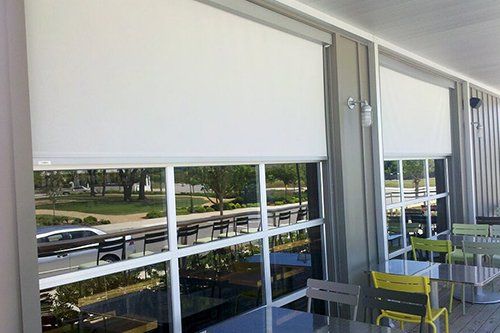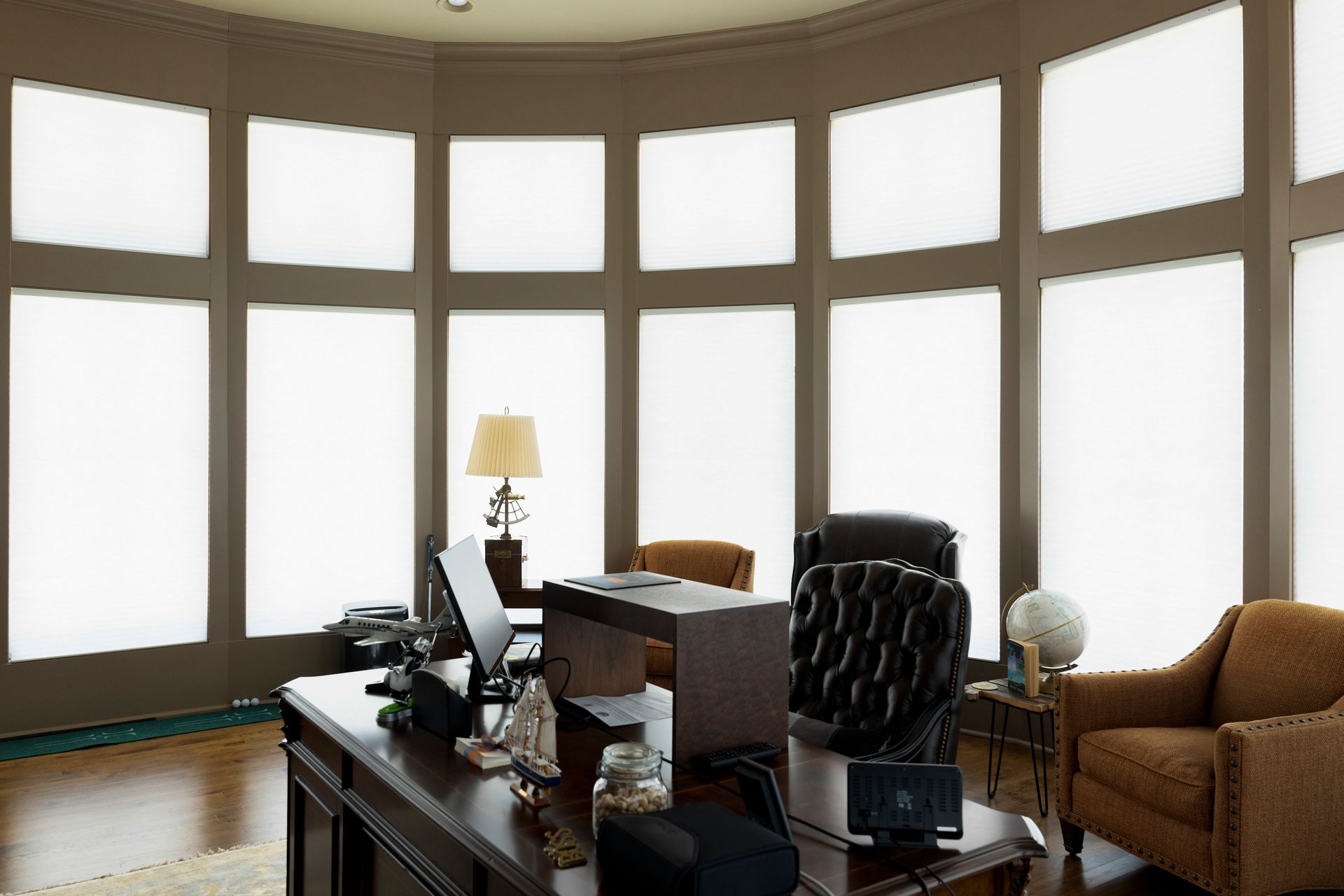Few things in a room offer as much potential for creativity and expression as window treatments. Thanks to all the various options available, you can have fun playing around with both soft and hard treatments to achieve various looks.
However, the sheer number of options available also means that it can be hard to come up with a look that works for you. Here are a few basic techniques on how to layer window treatments and achieve a classy, timeless look.
1. Define Your Goals: What Do You Need Your Treatments to Do?
There are many reasons to layer window treatments. Maybe you want better light control, privacy, or you just want to add character and life to your decor. Whatever your reasons, you will need to define them before you start.
Hard treatments such as shutters can also add more outside isolation for security and insulation purposes. Others, like fabric drapes and valances, help to soften up and add liven up an otherwise plain window.
At this point, you also need to define how much you are willing to spend. Layering treatments, especially for fabrics like silk and rattan can be very expensive.
2. Plan the Layering
You can have as many as three layers of treatments on each window consisting of a base layer, a second layer, and a third outer layer. Each serves a purpose depending on how you arrange them.
- Base layer — this layer hangs flush to the window, but it can also be installed on the outside. It is usually made of hard treatments such as wooden blinds and shutters, but soft treatments like roman or roller shades also work great.
- Second layer — this is an inside layer just above the top layer. It consists of sheer drapery for light control, but can also be made of sheer panels, solid fabric (Roman or roller shade)
- Top layer — this layer consists of blackout shades for light management, especially in the bedroom to help with light sleepers. This layer can also be complemented with a cornice or valance to cover up the hardware used to hold all the drapery.
3. Window Treatment Pairing Tips
The various types of window treatments aren’t always complementary. Here are a few rules to remember.
- Draperies over blinds are a classic look. Use them for formal spaces or in old houses.
- For a more contemporary look, go for curtains over shutters or panels.
- Curtains over shades are the perfect way to mix and match all the colors and shades you want for a modern look. Various shades like sheers, Roman shades, and roller shades work for the base or second layer with a hanging curtain on top.
- Drapery over cellular shades — if you experience extreme temperatures in your location, cellular shades are a classy way to increase insulation while adding a contemporary touch. Add a heavy curtain on top for light management.
- Drapery over panels or pleated blinds — these work the same way as curtains draped over shades, only that you won’t use as heavy a curtain.
- Consider adding a cornice or valance to cover up protruding curtain rods.
- Always hang curtains high and wide to clear up any spaces left by inner layers.
4. Match Colors, Tones, and Textures
To obtain a perfect look, you will want to match the layers for color and texture. Solid curtains and printed or textured blinds or shades are a perfect match. Alternatively, you can have both printed but have the interior layers feature a much more delicate pattern for contrast. Even then, stick to one accent.
Consider mixing up window treatment layers for different rooms or even different windows in the same room. This adds a versatile touch and allows you to experiment more.
Bottom Line
With many options available, you are only limited by your own creative genius when it comes to layering window treatments. However, there is one thing you need to remember — always stick to high-quality window treatments. Anything less will just look off. Also, it is best to work with experts when it comes to blinds. Feel free to contact us for a consultation.
Expert Advice by Just Blinds


